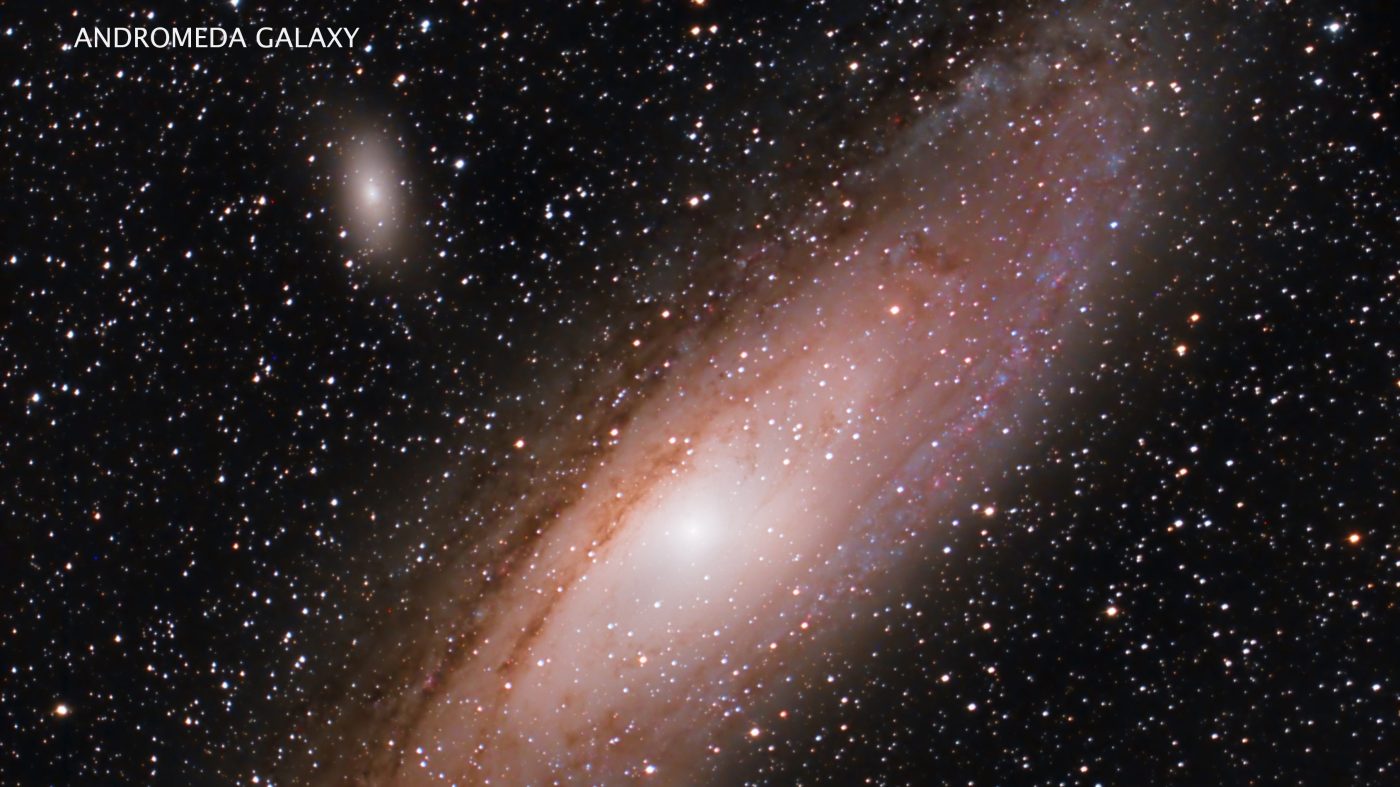
Skywatch: Springtime skies with a touch of summer
Peering into the night sky is so special but can present different challenges throughout the year. This time of year, you’re forced to stay up later in the evening to pursue your stargazing obsession, but on the positive side, most of the winter chill is gone. One of the things I love so much about stargazing is the constant passing parade of stars and constellations. The show is constantly changing. As our planet orbits the sun, the Earth’s nighttime side continually faces different directions out into space. Because of that, we see different constellations from season to season. And just like professional sports, the seasons overlap. Not only can you see the spring constellations in the early evenings in May, but a few winter and summer constellations are also available on the evening celestial stage.
(Mike Lynch)
This is your absolute last chance to see what’s left of the brilliant winter constellations in the western sky. Many of them are already lost below the western horizon, not to be seen again in the evening until late next autumn. There are stranglers, though. Just after evening twilight, though, you can still see Auriga the Charioteer, Canis Minor the Little Dog, and Gemini the Twins.
Leo the Lion, one of the brightest spring constellations, dominates the southwestern early evening sky. Leo’s right side forms a distinctive backward question mark, outlining the big celestial cat’s head and chest, with the star Regulus at the bottom of the question mark serving as the lion’s heart. On Leo’s left side, a triangle of moderately bright stars makes up his hind end and tail. It looks as if Leo the Lion is chasing the winter constellations out of the sky.
Look for the Big Dipper near overhead in the early evening in the high northern sky. It’s upside down. According to old American folklore, there’s generally more rainfall this time of year because the Big Dipper is dumping on us! Astronomically, the Big Dipper isn’t considered an official constellation, but it makes up the rear end and tail of Ursa Major, the Big Bear. Undoubtedly, the Big Dipper is the brightest part of the Big Bear.
In the eastern evening heavens, one of the prime summer constellations is on the rise. Bootes is supposed to be a hunting farmer, but the constellation looks much more like a giant kite on its side, with the very bright star Arcturus at the kite’s tail. Arcturus is also the brightest nighttime star available throughout the summer and early autumn. You can’t miss it. If you want absolute rock-solid proof you’re seeing Arcturus, use the old stargazing trick “Arc to Arcturus.” Just follow the arc of the Big Dippers handle beyond the end of the handle, and you’ll run right into Arcturus.
Not far from Bootes is the large but faint constellation Virgo the Virgin. Spica is Virgo’s brightest star, but it’s the only star easily visible to the naked eye. Within the constellation Virgo, there’s a group of well over a thousand distant galaxies, many of which are easily over 50 million light-years away. They’re called, appropriately, the Virgo Cluster. You should be able to spot some of these galaxies with a moderate to large telescope. Admittedly, they won’t look much more than little fuzzy patches, but it’s really cool knowing that you’re seeing other galaxies, some way, way larger than our home Milky Way galaxy. You can use this Sky Guide App to locate the Virgo Cluster.
If you’re wondering why I haven’t mentioned naked-eye planets you can see in the early evening, it’s because there aren’t any. Jupiter entertained from November to April but is slipping behind the sun from our view, not to be seen in the evening again until late next autumn. Venus is also behind the sun and won’t appear well enough to see in the evening sky until July. If you’re desperate to see planets this month, set your alarm for very early morning. Mars and Saturn make a brief appearance. As May begins, they are both barely above the east-southeast horizon shortly before morning twilight ensues. Saturn is the brighter of the two, a little to the upper right of Mars. It’ll be a brief appearance though because the brightening twilight quickly engulfs them. You may even get a glimpse of Mercury in early May, barely above the eastern horizon during morning twilight. From May 3 to 5, the waning crescent moon will gradually move eastward from morning past all three planets. On May 31, the waning crescent moon will be in a great close embrace with Saturn, just below Saturn. That’ll be an excellent way to start the day and say goodbye to May.
Enjoy stargazing this month with much less chill!
Mike Lynch is an amateur astronomer and retired broadcast meteorologist for WCCO Radio in Minneapolis/St. Paul. He is the author of “Stars: a Month by Month Tour of the Constellations,” published by Adventure Publications and available at bookstores and adventurepublications.net. Mike is available for private star parties. You can contact him at mikewlynch@comcast.net.
Related Articles
Skywatch: A memorable solar eclipse trip
Skywatch: The lion has the hunter on the run
Skywatch: It’s solar eclipse time
Skywatch: A solar eclipse April
Skywatch: The wily rabbit of winter


